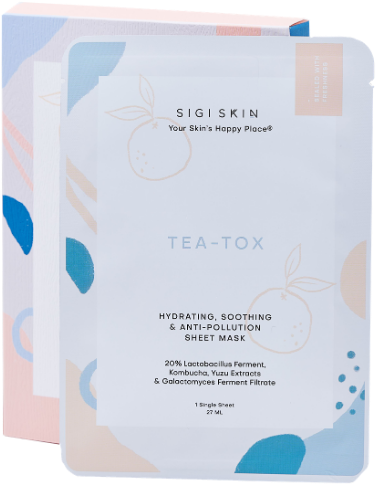3 Types of Acne Scars and How to Treat Them

80% of people between 11 and 30 experience breakouts and 1 in 5 will develop acne scars.
There are several types of acne scars which will require different treatments to heal them.
1. Atrophic Scars
Acne that sits deep below the layers of the skin (such as cystic pimples) can result in atrophic scars or depressed sections of the skin.
The three types of atrophic scars include Boxcar, Rolling Scar, and Ice Pick.
Treatment:
Atrophic scars are caused by insufficient collagen produced during healing.
Treat this with Retinol (or Bakuchiol!), AHAs,Vitamins C and E.
Dream Capsule consists of Bakuchiol, which is a plant based retinol.
2. Hypertrophic Scars
Hypertrophic scars are elevated, hard scars that develop above the skin's surface which can develop after acne.
Keloid scars are a type of hypertrophic scars that leaves a scar that is bigger than the acne that produced them.
Treatment:
Hypertrophic scars occur when too much collagen is produced during the healing process.
These scars can only be treated with surgical procedures as they're elevated, hard scars such as keloids.
3. Post-Inflammatory Hyperpigmentation
The most common acne scar are actually discoloured dark spots and marks leftover after a breakout clears known as post-inflammatory hyperpigmentation (PIH).
Treatment:
Post-inflammatory hyperpigmentation occurs when too much melanin is produced during the healing process.
Treat this with Retinol (or Bakuchiol!), AHAs, Vitamins C and E.
Morning Glow consists of both Vitamins C and E!
Sigi Skin Products
Kaleanser and Tea-Tox consist of Vitamin C which can be used to treat Atrophic Scars and Post-inflammatory hyperpigmentation too!








Leave a comment